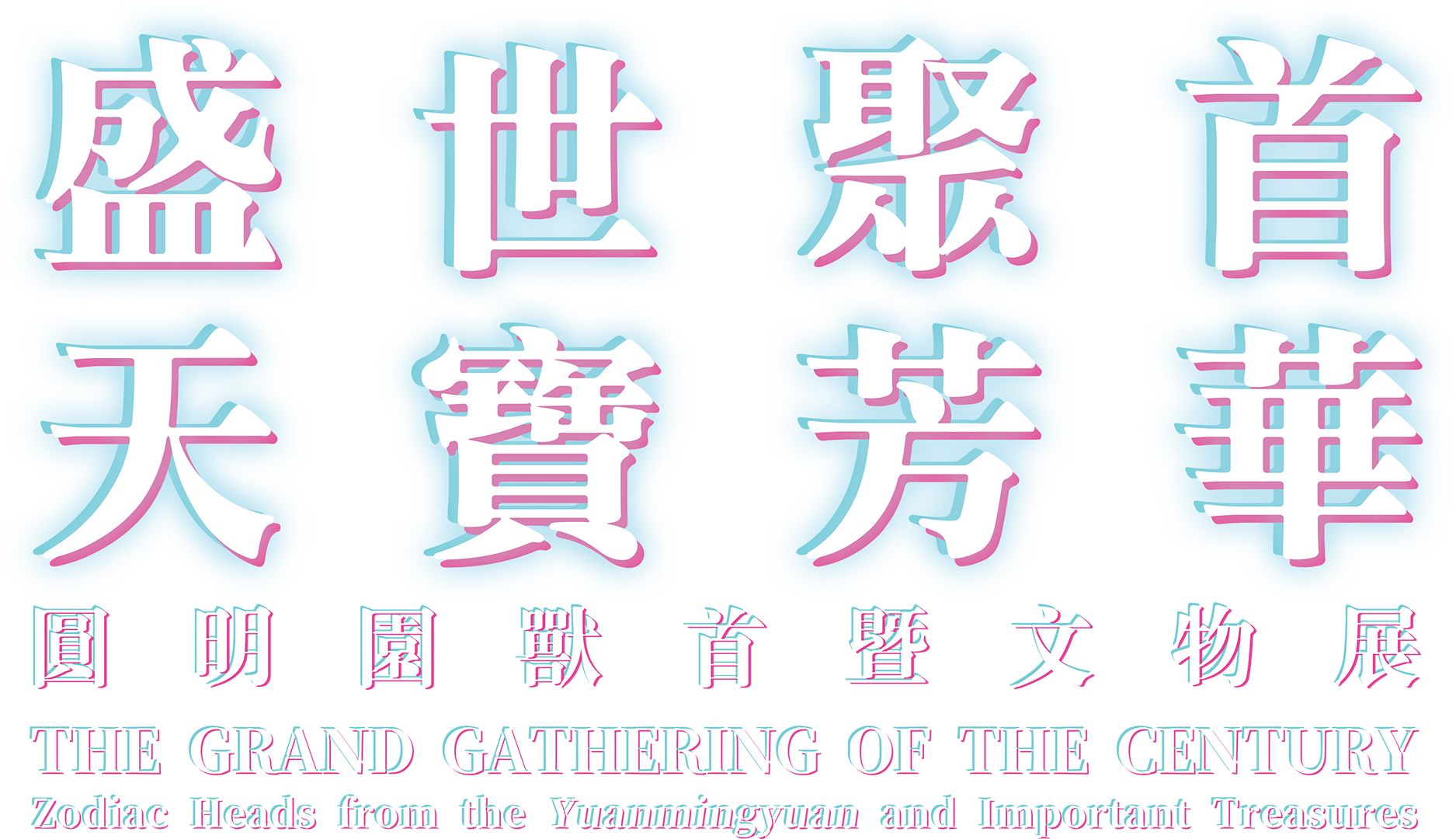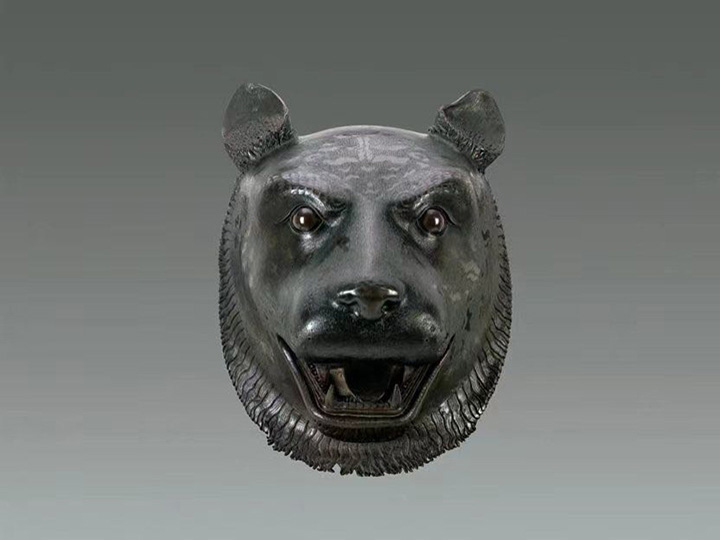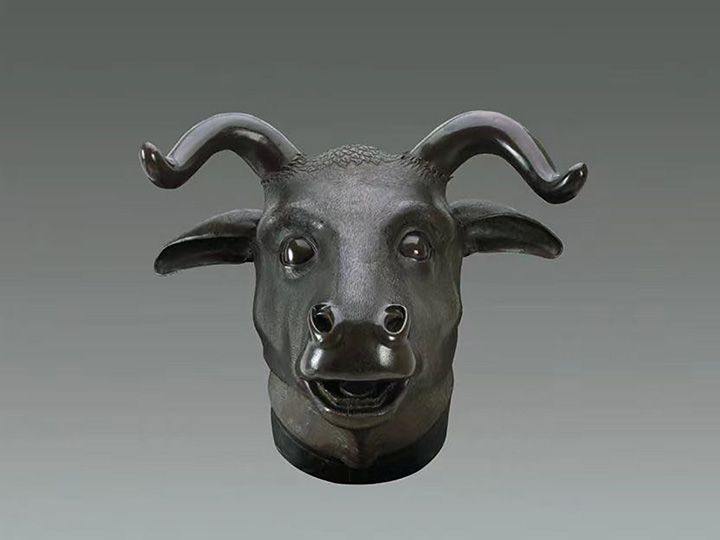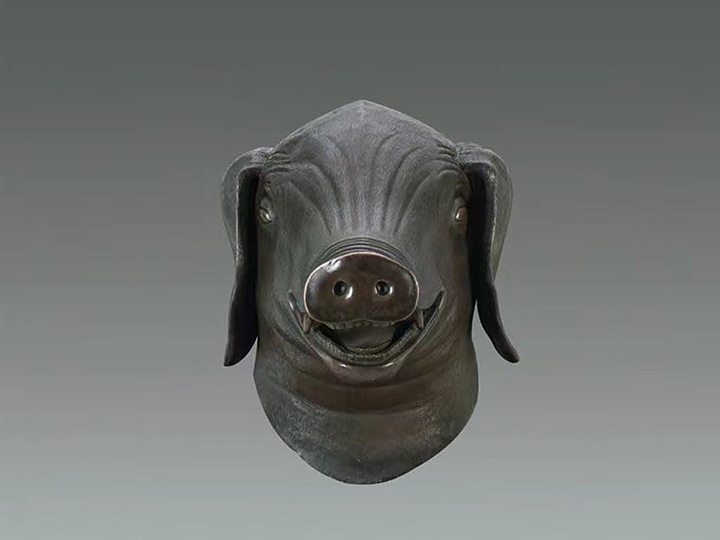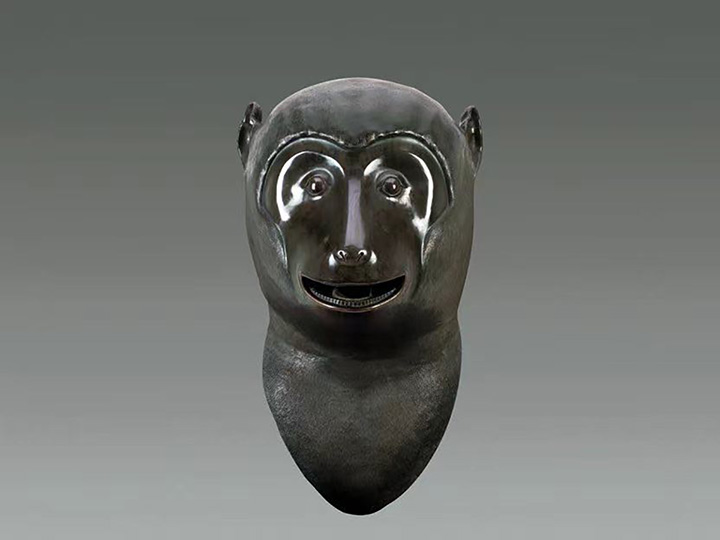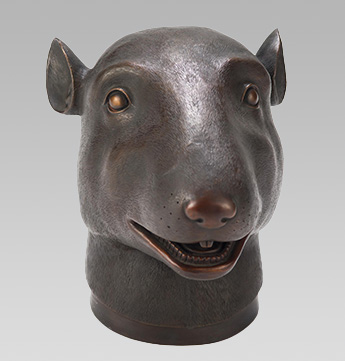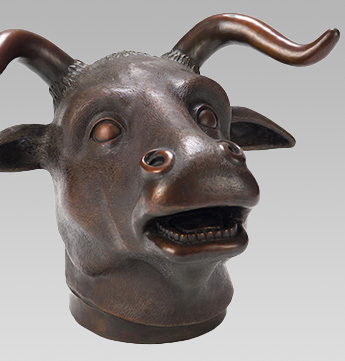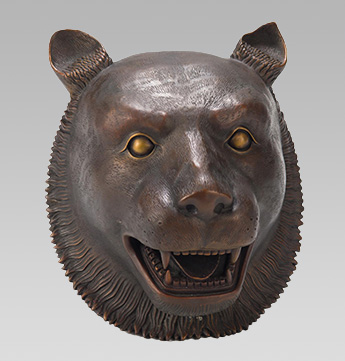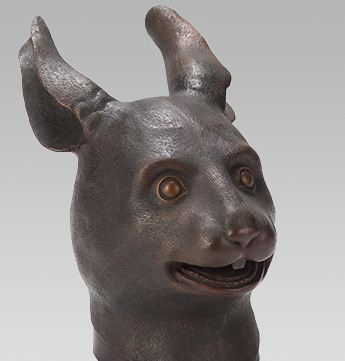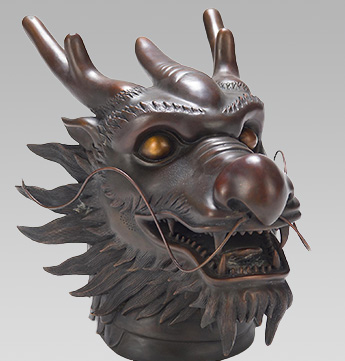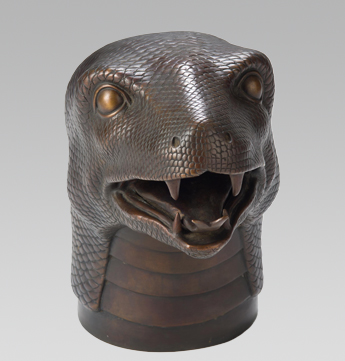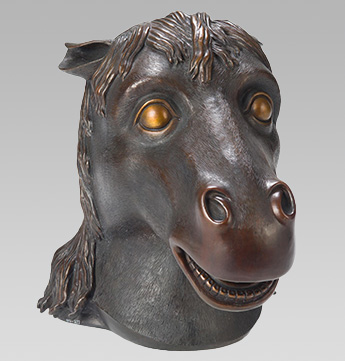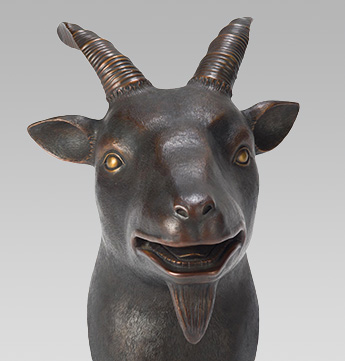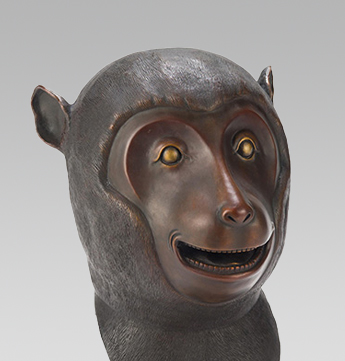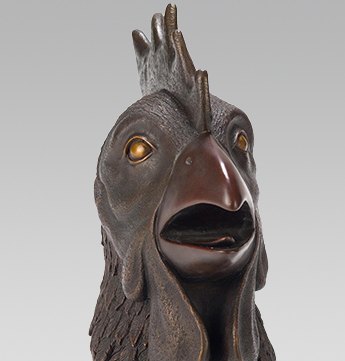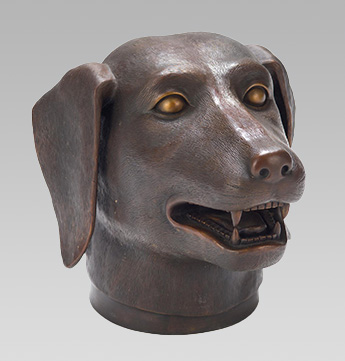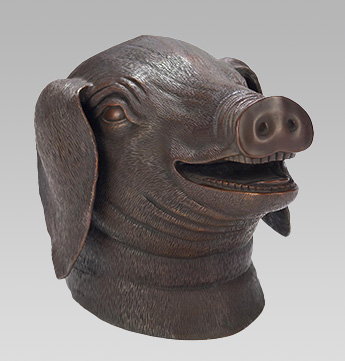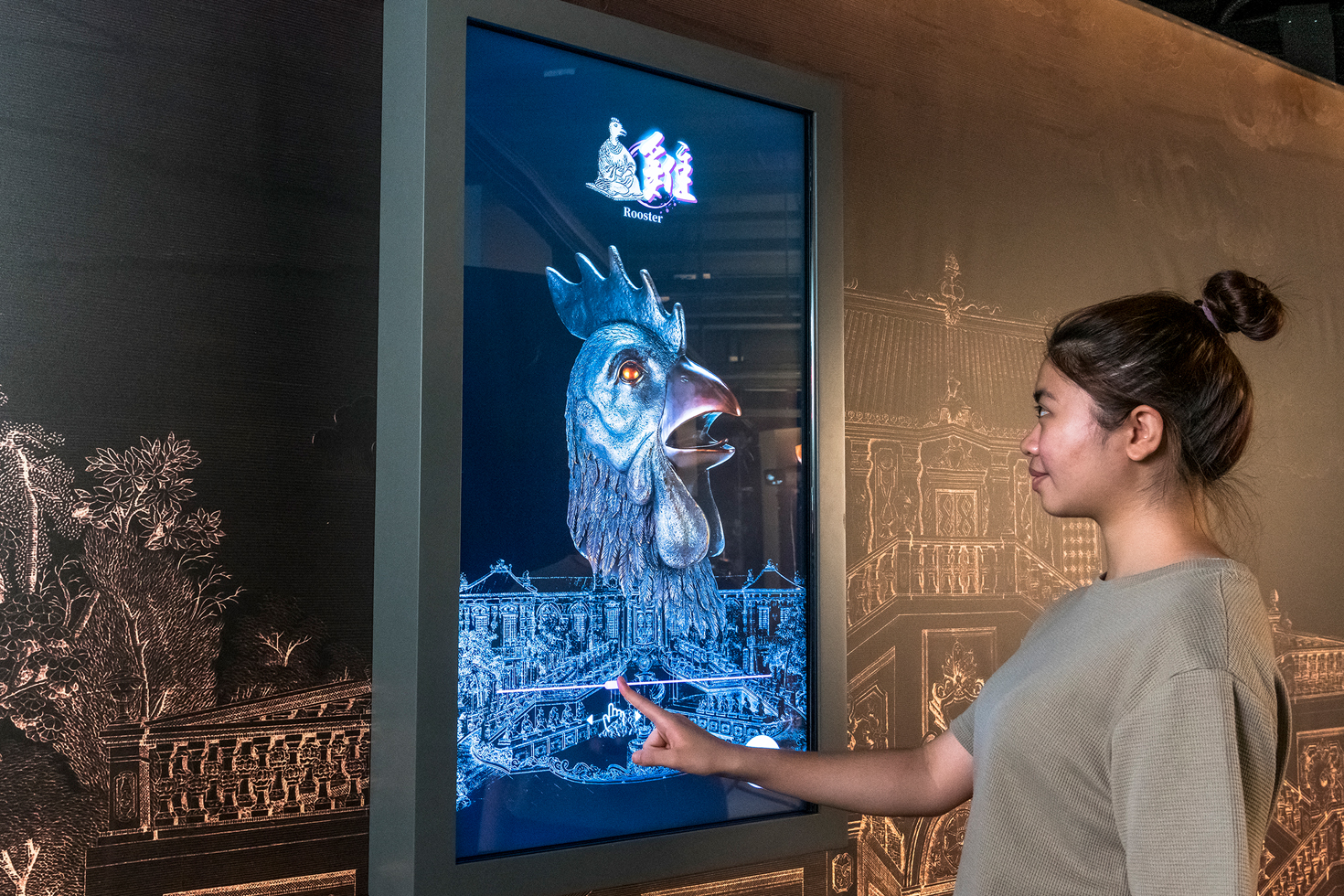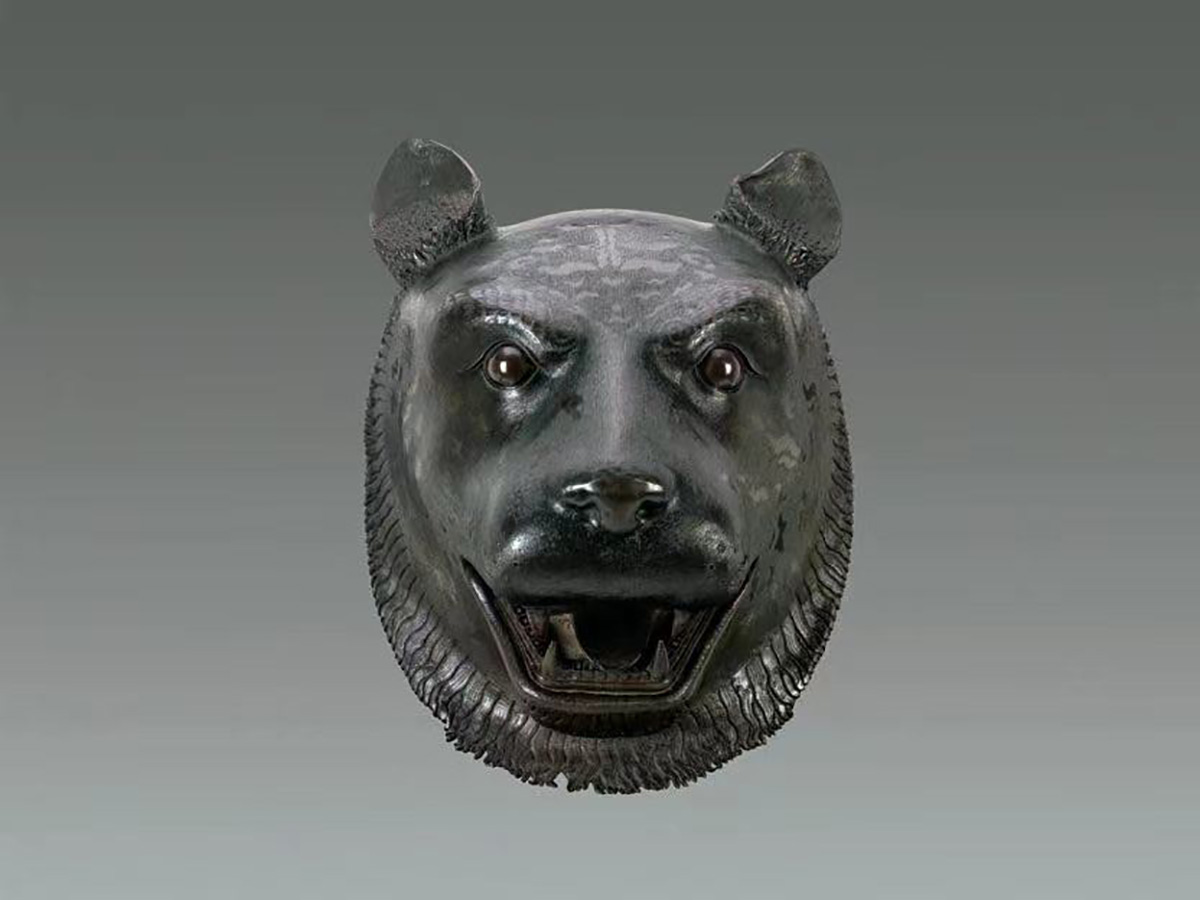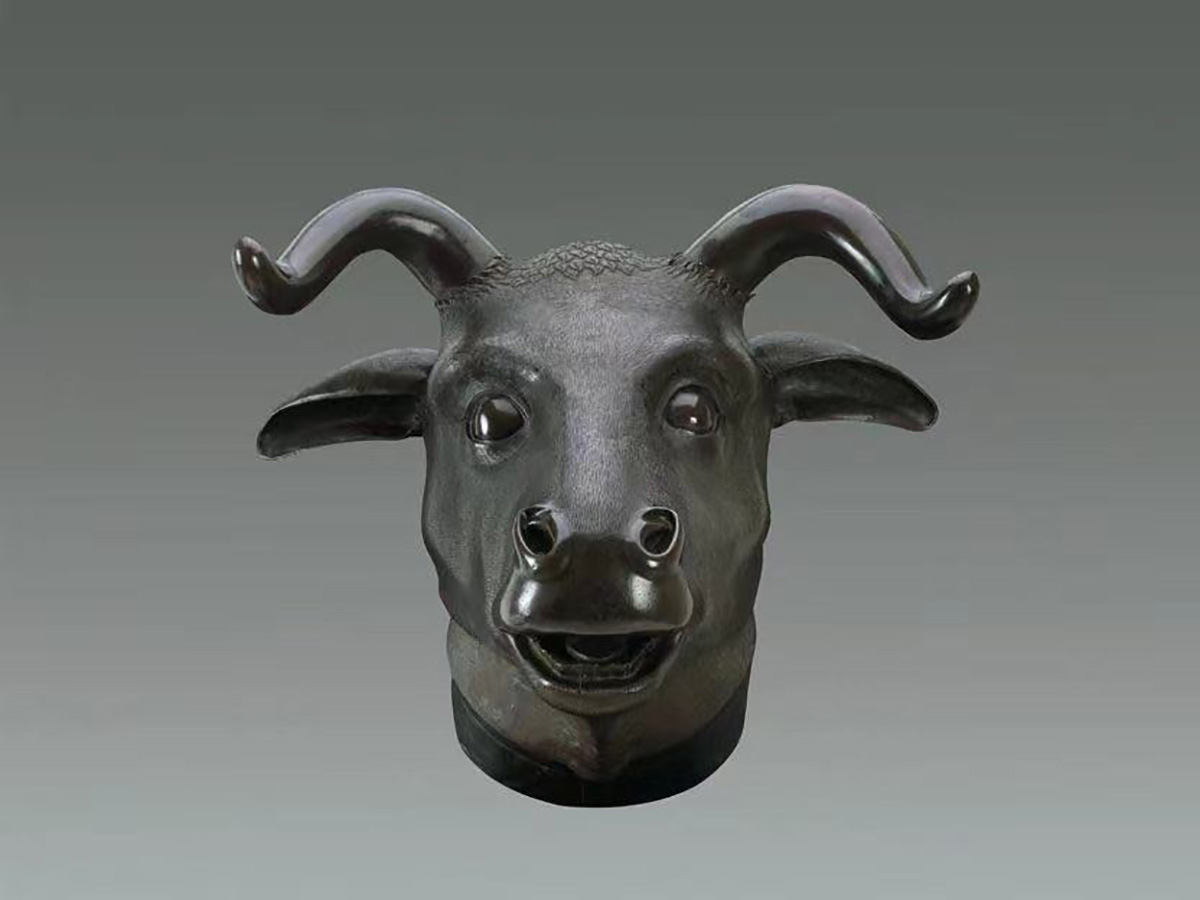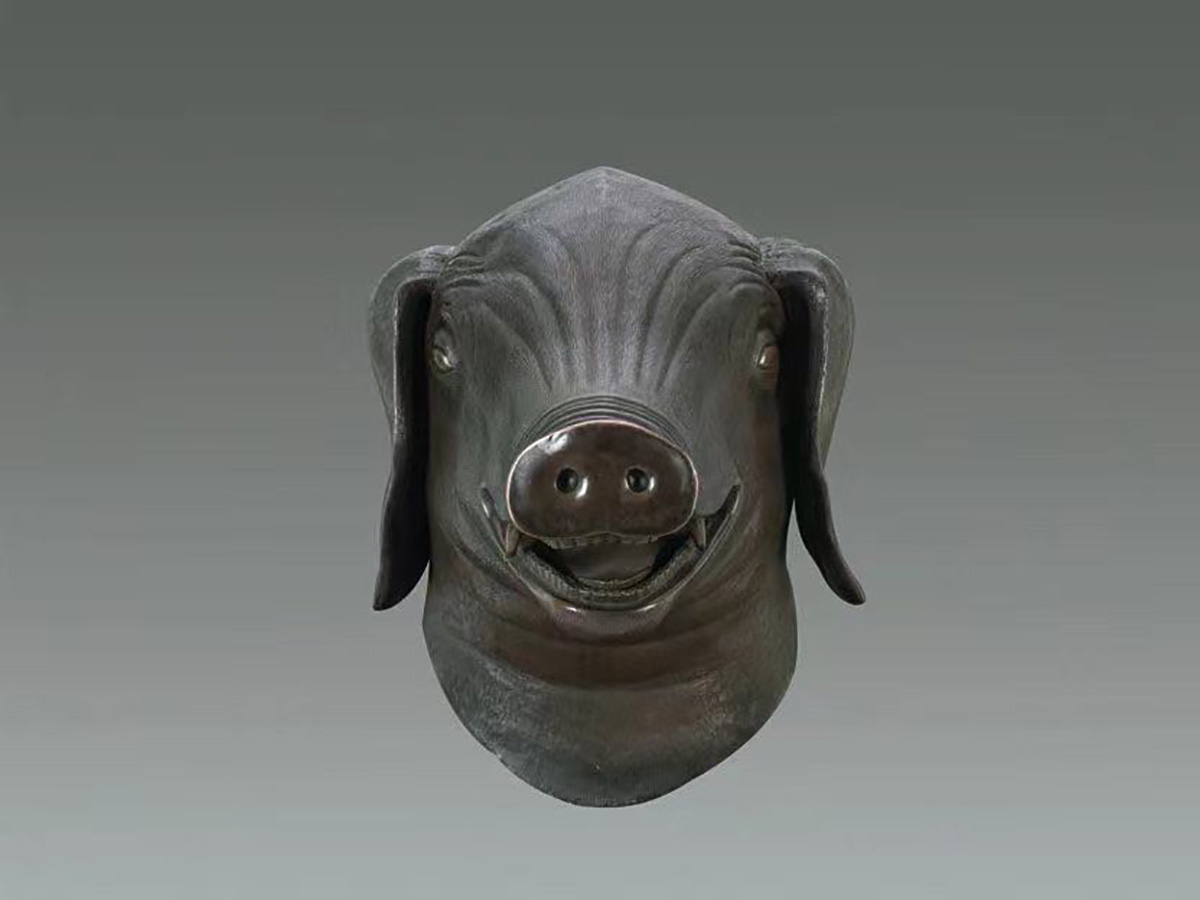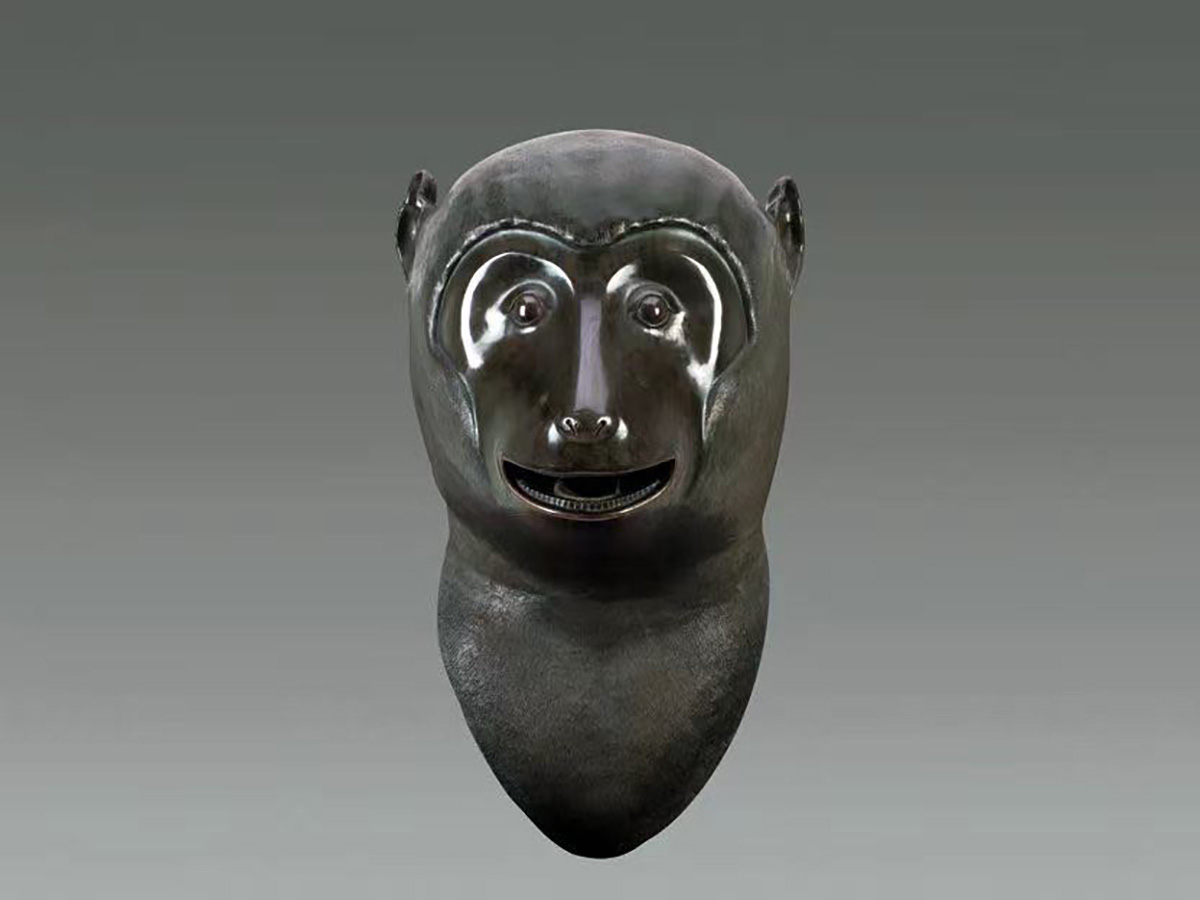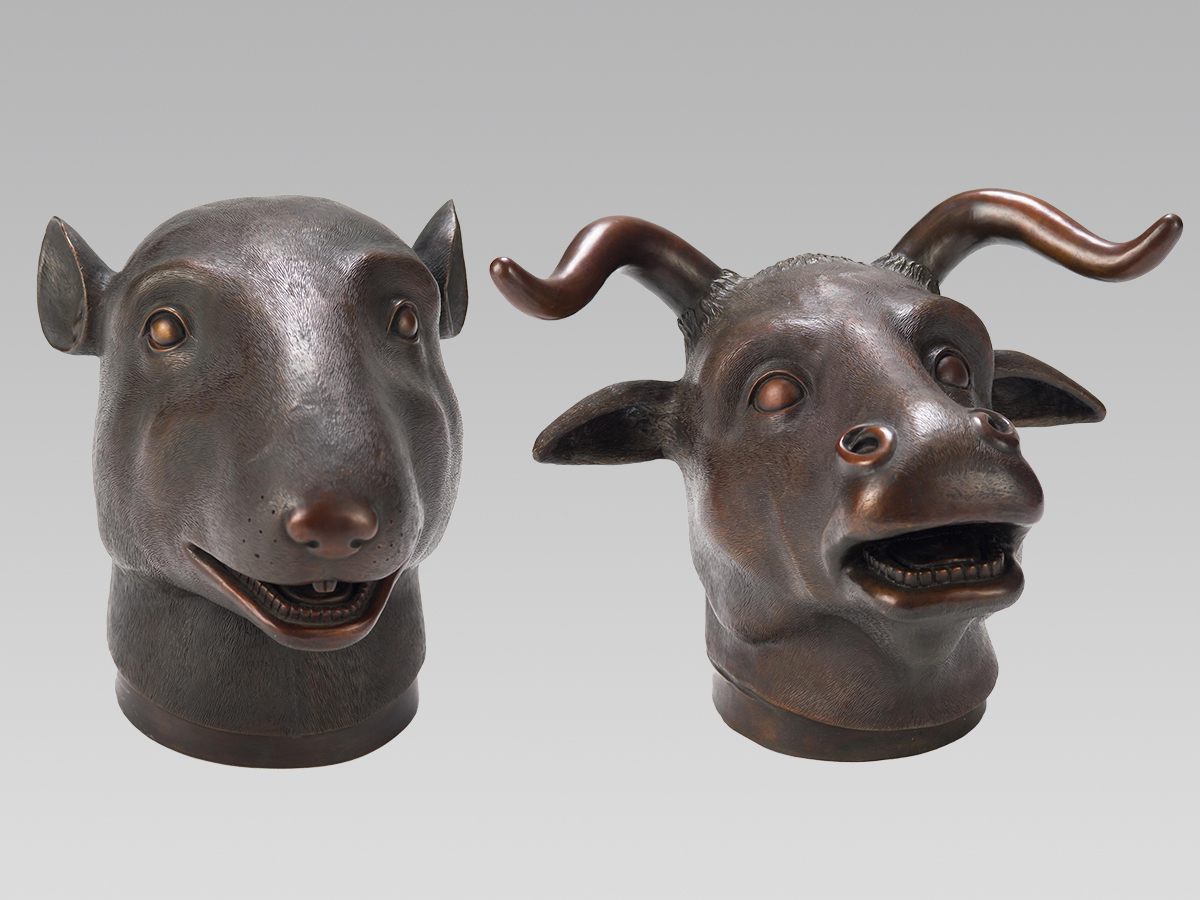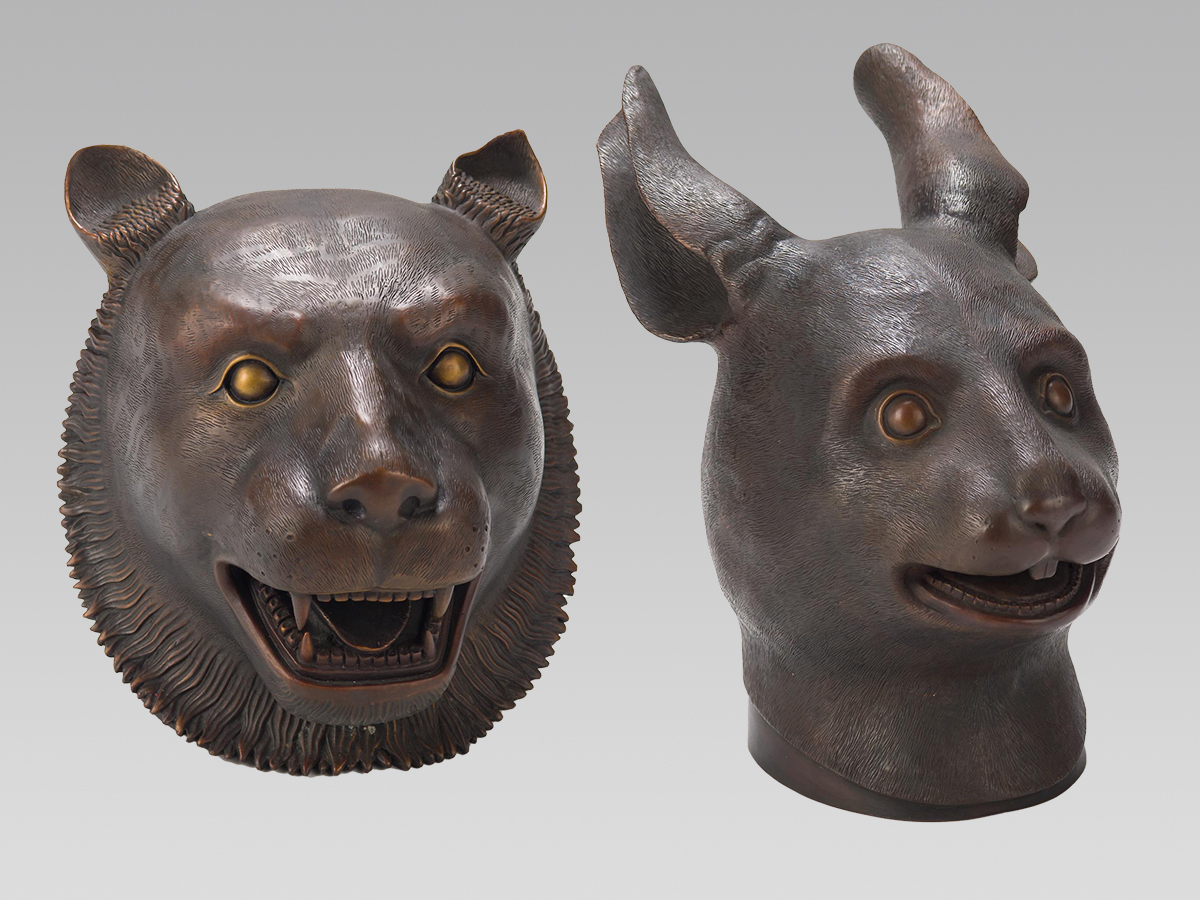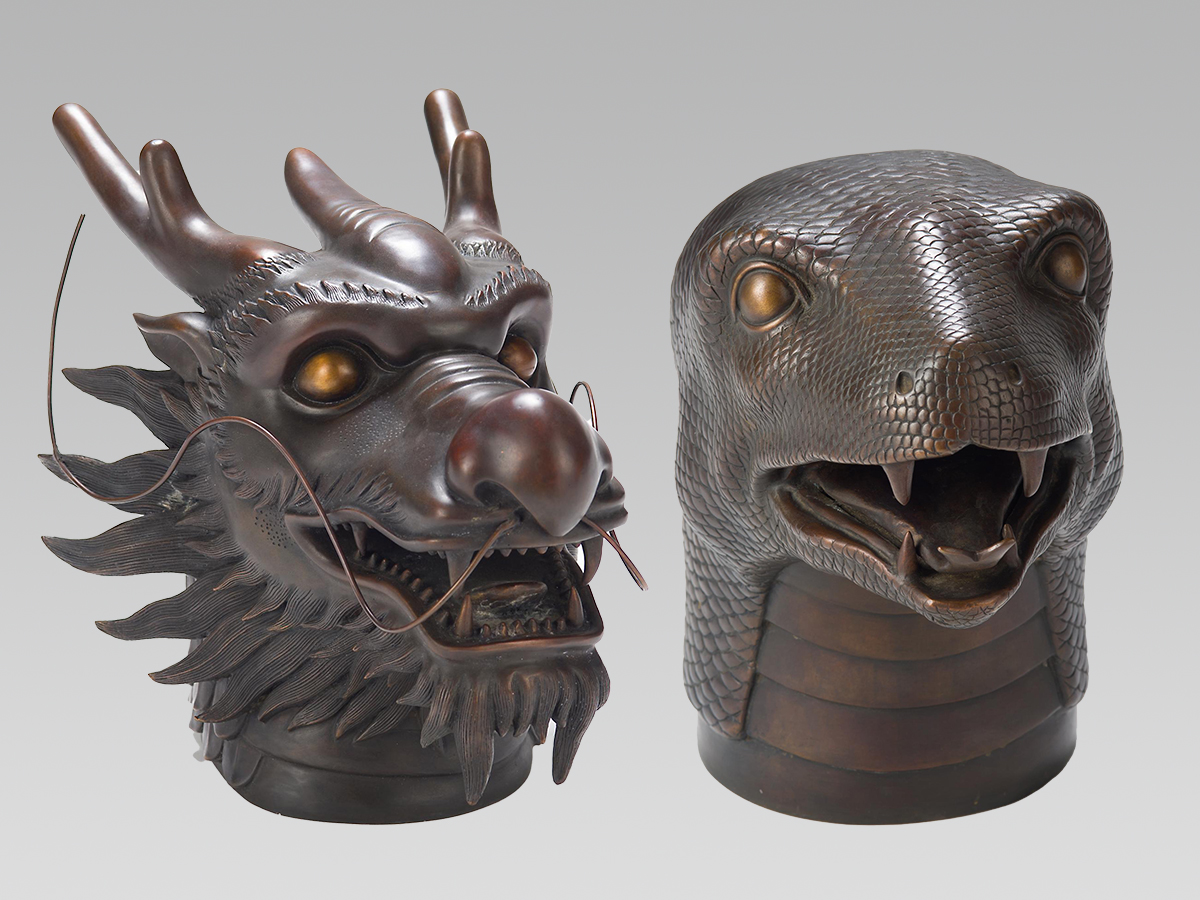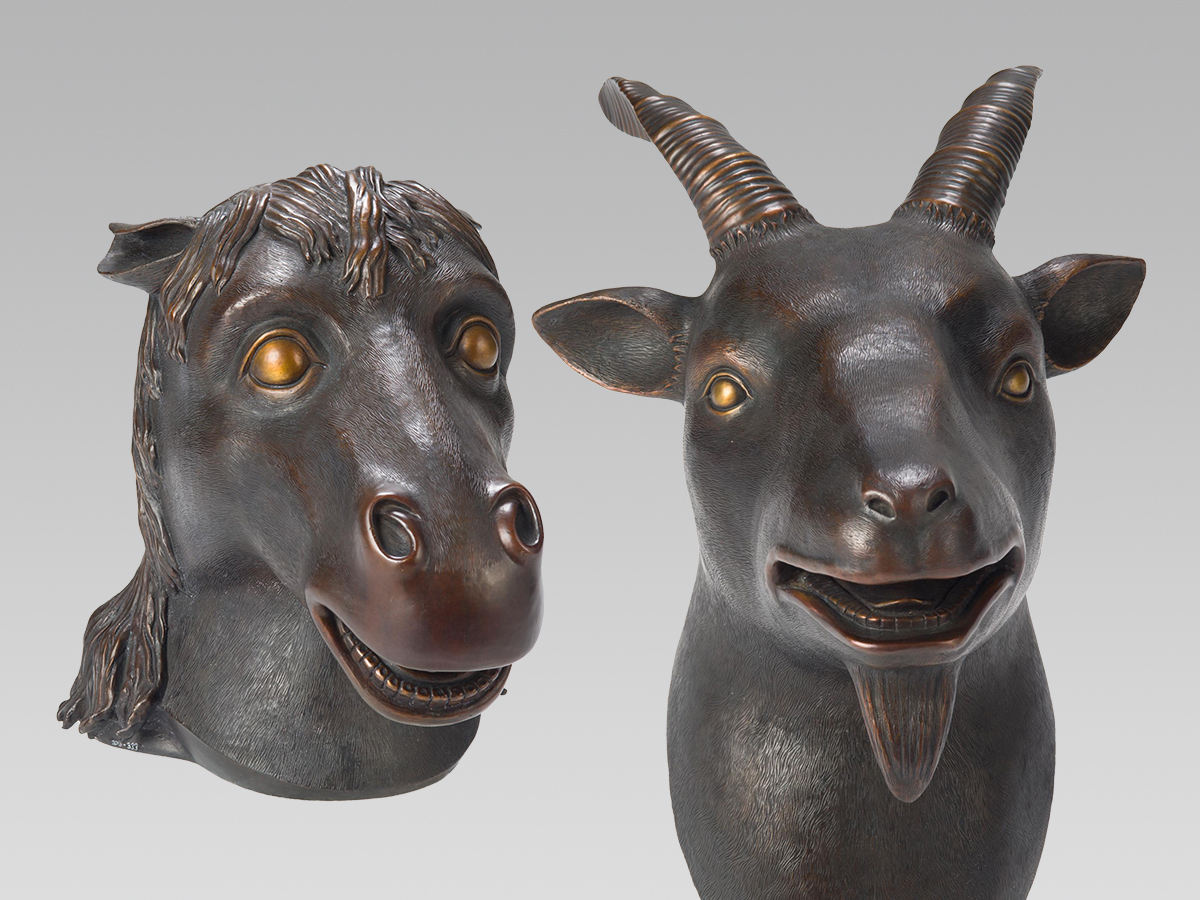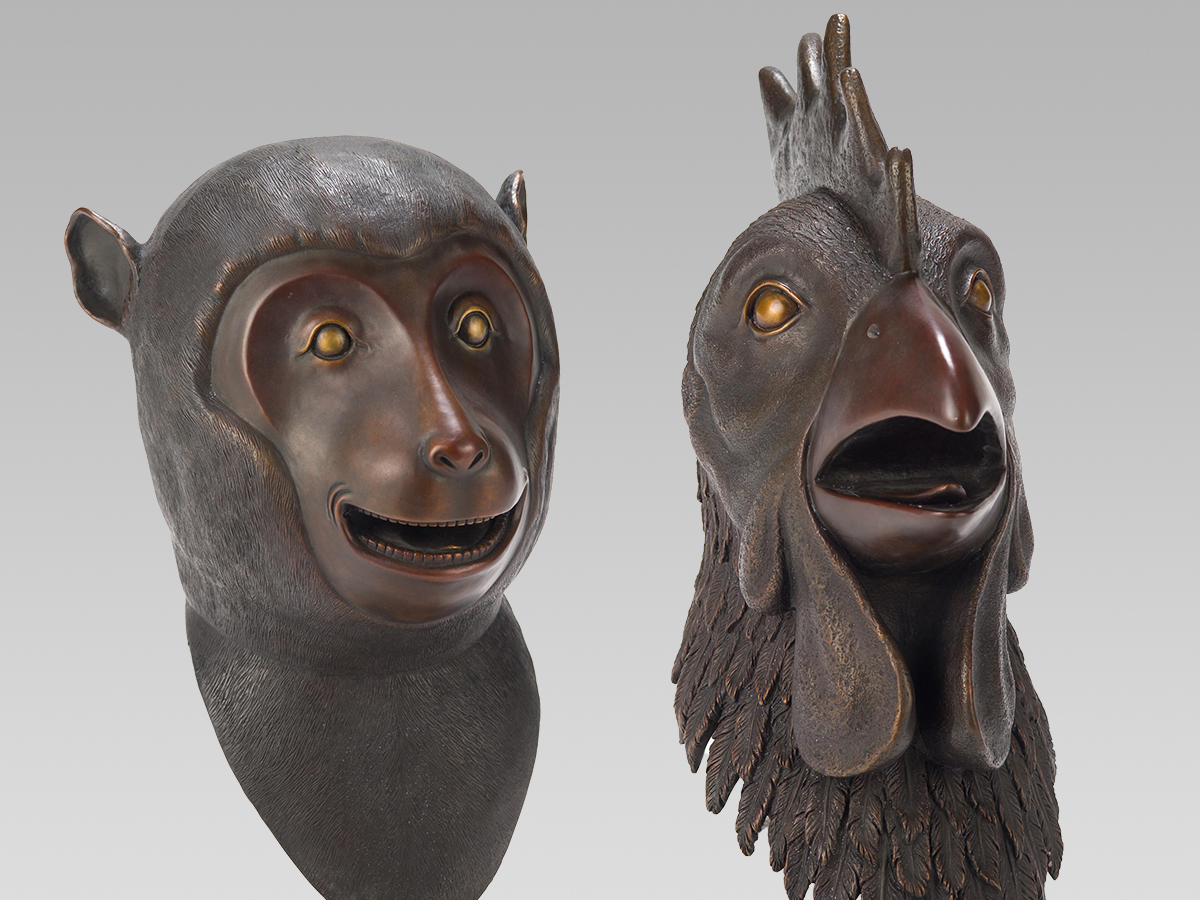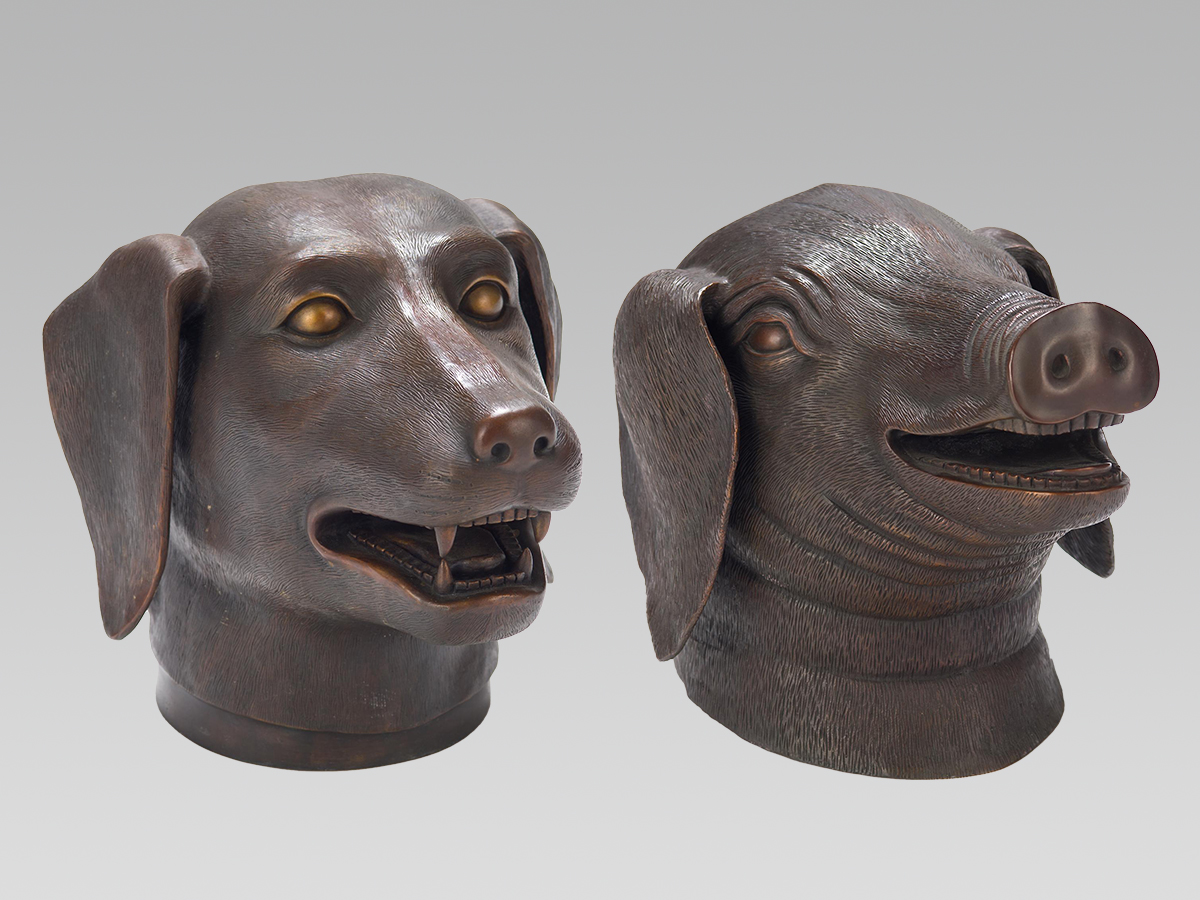Versailles of the East
An Introduction to Yuanmingyuan
Built in 1707, Yuanmingyuan was a large- scale imperial garden known as the “Garden of Gardens”. It spanned more than 5,000 acres with a floor area of 160,000 square metres, of which 40% was river and lake facilities. The imperial gardens comprised Yuanmingyuan (The Garden of Perfect Brightness), Changchunyuan (The Garden of Eternal Spring) and Qichunyuan (The Garden of Elegant Spring), which together encapsulated the essence of ancient Chinese gardens as well as China’s first large-scale imitation of Western-style gardens. Throughout the reigns of Qing emperors Yongzheng, Qianlong, Jiaqing, Daoguang, and Xianfeng for more than 150 years, Yuanmingyuan was a summer resort, recreational garden and royal library for the emperors, and it served as a political abode outside the imperial court. The emperor handled government affairs and summoned his ministers to the gardens for lengthy periods, and many historical decisions and events took place here, including birthdays or official imperial celebrations.
European Palaces
The European Palaces located in northeast of the Changchunyuan is a group of Western-style palaces and fountain structures imitated for the first time in China. They earned a reputation as the “Versailles of the East”. Since the beginning of the Qing dynasty, many European Jesuit missionaries had travelled to China, including Italians, French, Bohemians and Belgians. The Italian painter Giuseppe Castiglione (1688–1766) is an outstanding example. During the prosperous years of the Qing dynasty, emperors Kangxi, Yongzheng and Qianlong actively assimilated the Western art, architecture, culture and technology introduced by the Jesuits, as reflected by the construction of the Western mansions such as Haiyantang (Hall of Calm Seas), Yuanyingguan (Observatory of Distant Oceans), and the Dashuifa (Grand Fountain), which combined Chinese artistic craftsmanship with Western science and technology.
Through a display of precious bronze zodiac heads from Haiyantang and other relevant sculptures and interactive technology, this section invites the audience to closely admire the meticulous craftsmanship of national treasures and the importance of cultural heritage conservation as a way of understanding the cultural and technological exchanges between the East and the West, the dispersal and return of cultural artefacts, and modern world history.
Originally painted by Yi Lantai, European Palaces, copperplate print and image courtesy of the Poly Art Museum
The twelve bronze zodiac heads were originally part of a water clock located outside Haiyantang in the Yuanmingyuan. In front of it is a massive water fountain designed by Michel Benoist, a Jesuit serving in the Qing court. The zodiac fountain was surrounded by two symmetrical winding stone staircases equipped balustrades. Standing in the centre was a two-metre tall clamshell stone sculpture from which two rows of six pedestals extended to the front. Twelve sculptures, each with a bronze animal head attached to a stone human body clad in Chinese clothes with a jade sceptre in their hand, lined up alternatively on the pedestals according to the order of the earthly branches: Zi (Rat), Chou (Ox), Yin (Tiger), Mao (Rabbit), Chen (Dragon), Si (Snake), Wu (Horse), Wei (Sheep), Shen (Monkey), You (Rooster), Xu (Dog), and Hai (Pig).
The fountainheads would take turn to spout water every two hours. At noon, water would come out from all twelve animals simultaneously, creating a spectacular scene.
Image courtesy of Asian Civilisations Museum, National Heritage Board, Singapore
Bronze Head of Tiger from the Zodiac Fountain in the Yuanmingyuan
Qianlong Period, Qing Dynasty (1736 - 1795)Bronze
Collection of the Poly Art Museum
Bronze Head of Ox from the Zodiac Fountain in the Yuanmingyuan
Qianlong Period, Qing Dynasty (1736 - 1795)Bronze
Collection of the Poly Art Museum
Bronze Head of Pig from the Zodiac Fountain in the Yuanmingyuan
Qianlong Period, Qing Dynasty (1736 - 1795)Bronze
Donated by Dr Stanley Ho
Collection of the Poly Art Museum
Bronze Head of Monkey from the Zodiac Fountain in the Yuanmingyuan
Qianlong Period, Qing Dynasty (1736 - 1795)Bronze
Collection of the Poly Art Museum
12 Zodiac Head Sculptures
Qianlong Period, Qing Dynasty (1736 - 1795)Replica model
Bronze
On loan from the Asian Civilisations Museum, National Heritage Board, Singapore
12 Zodiac Head Sculptures
Qianlong Period, Qing Dynasty (1736 - 1795)Replica model
Bronze
On loan from the Asian Civilisations Museum, National Heritage Board, Singapore
12 Zodiac Head Sculptures
Qianlong Period, Qing Dynasty (1736 - 1795)Replica model
Bronze
On loan from the Asian Civilisations Museum, National Heritage Board, Singapore
12 Zodiac Head Sculptures
Qianlong Period, Qing Dynasty (1736 - 1795)Replica model
Bronze
On loan from the Asian Civilisations Museum, National Heritage Board, Singapore
12 Zodiac Head Sculptures
Qianlong Period, Qing Dynasty (1736 - 1795)Replica model
Bronze
On loan from the Asian Civilisations Museum, National Heritage Board, Singapore
12 Zodiac Head Sculptures
Qianlong Period, Qing Dynasty (1736 - 1795)Replica model
Bronze
On loan from the Asian Civilisations Museum, National Heritage Board, Singapore

